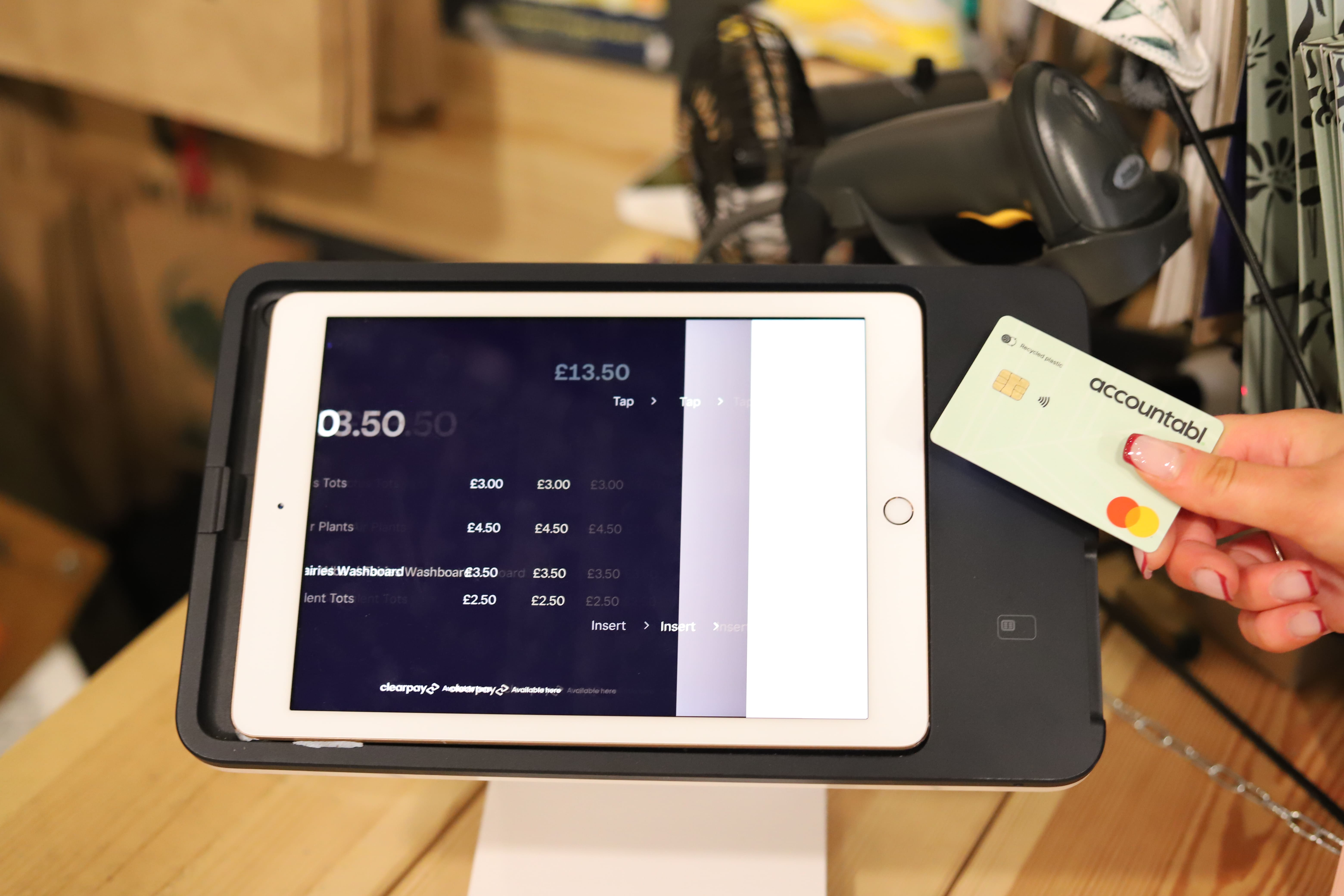The world of carbon reporting can be daunting, especially when it comes to scope 3 emissions.
Fortunately, getting to grips with your scope 3 emissions is a learnable, albeit time consuming process.
How to calculate your company carbon emissions.
So, what is scope 3?
Scope 3 involves reporting on your company emissions in the corporate value chain, appraising emissions along a product’s life from manufacture to sale. Which is key as most of the heaviest emitters are in production and manufacturing, and any miscalculation can drastically impact a report.
It allows businesses to understand their full value chain emissions whilst also gaining insight into GHG reduction opportunities.
There are 15 categories in scope 3, 8 of which are associated with upstream activities including:
- Purchased goods and services
- Capital goods
- Fuel and energy related activities
- Upstream transportation and distribution
- Waste generated in operations
- Business travel
- Employee commuting
- Upstream leased assets
There are 7 categories associated with downstream activities including:
- Downstream transportation and distribution
- Processing of sold products
- Use of sold products
- End-of-life treatment of sold products
- Downstream leased assets
- Franchises
- Investments
You’ve probably seen articles stressing the importance of these categories and they’re right, more than 70% of a business’s emissions fall under scope 3. So, it’s a great way to assess your company’s impact and find ways to reduce it.
It also gives you valuable insight into operations which you can report on and present to investors.
Getting your reporting right is vital. In the 2020-2021 financial year the Environment Agency issued more than £27 million of fines to 33 companies for breaching climate change schemes, for under reporting, or failing to submit emissions reports.
Fortunately, there are tools to help you collect your data. For your scope 3 business travel and purchases emissions, we created accountabl, a revolutionary expense management system with built-in carbon and mileage tracking.
Start your 30-day free trial.








